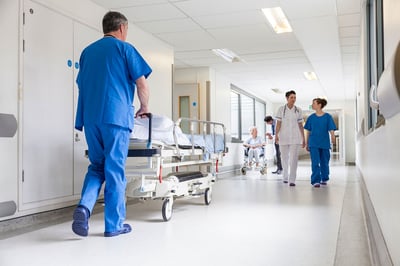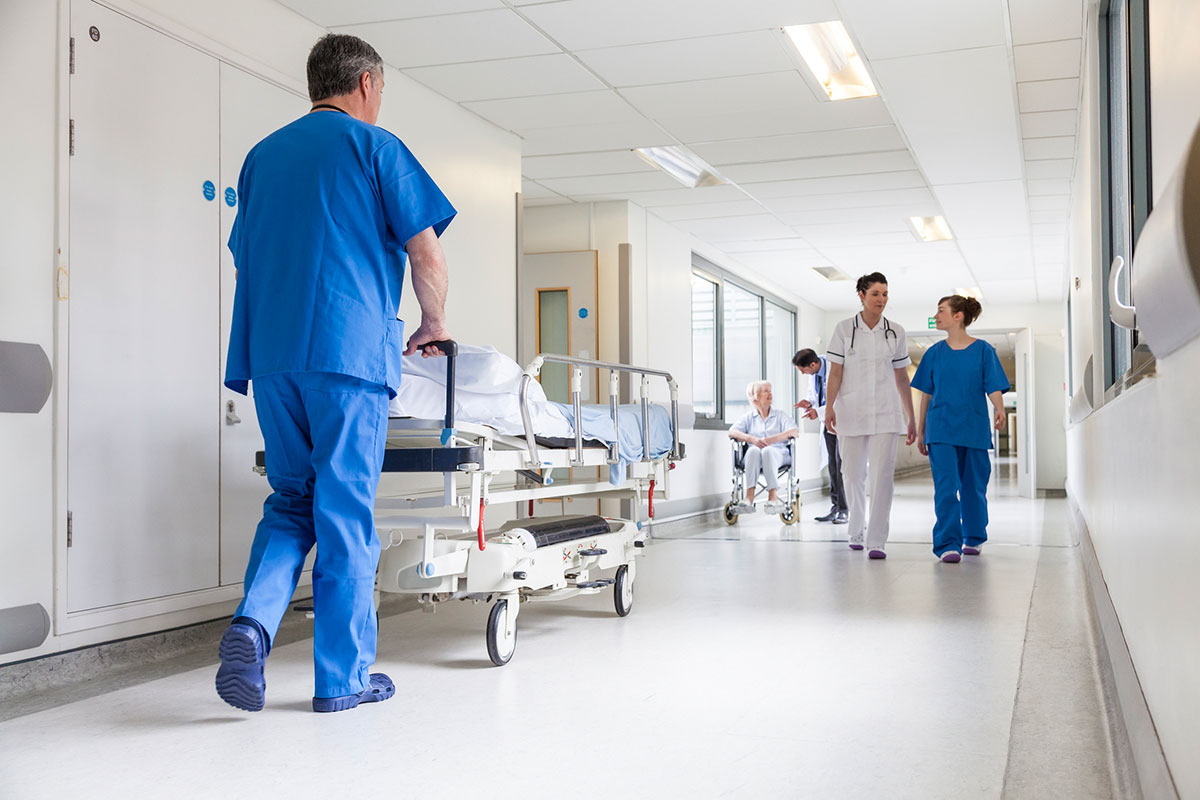 Healthcare facilities are busy, complicated environments. One of the biggest challenges is knowing who’s entering and exiting. Clinics and hospitals have many points of entry, like delivery areas, emergency, and possible places for maintenance and staff to leave the building. With all this activity, how do healthcare facilities monitor who’s coming and going in order to keep patients and staff safe?
Healthcare facilities are busy, complicated environments. One of the biggest challenges is knowing who’s entering and exiting. Clinics and hospitals have many points of entry, like delivery areas, emergency, and possible places for maintenance and staff to leave the building. With all this activity, how do healthcare facilities monitor who’s coming and going in order to keep patients and staff safe?
Technology is a big part of the solution. It can help hospitals improve their security without breaking the bank. Whether you’ve got numerous site locations, a multi-building campus, or a stand-alone facility, having an updated surveillance video system, restricted and monitored door access, and two-way radios are all part of the solution. And bringing them together under a centralized command center dramatically increases the value of the technologies themselves.
What are the benefits of an integrated healthcare communication system?
Effective Monitoring and Centralized Communication
In a hospital, everyone's wearing multiple hats. Security personnel are no exception. They are
-
Taking care of violent patients
-
Performing customer service duties
-
Keeping a keen eye on high-risk locations
-
Protecting against thefts in the parking lot
-
Handling traffic control
-
Regularly scanning all building areas and the perimeter
With all that going on, often in multiple buildings or campuses, many hospitals are unifying their monitoring and communication in a central command center or dispatch. This technology allows efficient monitoring of multiple locations by integrating voice, video surveillance, and data analytics.
The centralized command center is part of a security ecosystem that is protecting staff and patients in healthcare facilities around the country.
An Ecosystem Approach
Software, video, two-way radio, pagers, and trained personnel are all part of one optimized workflow. This ecosystem approach ensures communication flows to the right people, and everyone in the work environment is kept safe. Safety Reimagined is a full-service solution many hospitals are adopting that seamlessly integrates security features, such as:
- Video cameras for security trigger an alarm when there's something that's not supposed to be there, something unfamiliar.
- Alerts transmitted comprehensively to a central computer, as well as two-way radios, pagers, cell phones, and email — to enable real-time response, such as closing door access or bringing in security.
- A central command and trained staff people to monitor alerts, determine the seriousness of threats, and initiate necessary action.
- Ion radio for instant collaboration. The rugged MOTOTRBO Ion Smart Radio is the first business-ready communication device with all-on voice and broadband data capabilities. It's like having a mini-console in your pocket. With one touch of a button from central command, staff and emergency response can see and hear all relevant information and coordinate action.
A Step-by-Step Solution
You know the saying, “Rome wasn’t built in a day”? The same is true for a state-of-the-art healthcare communication system. Effective safety and security can be improved by starting where you are and layering on one device or application at a time.
Not every hospital has the funding to adopt a comprehensive approach all at once. But the beauty of these systems is their ability to build on existing resources to improve safety, security, and efficiency, step-by-step.
And, of course, security systems are only as good as the people who run them. That’s why it’s critical to provide adequate training for staff. A healthcare communications systems specialist can be a hospital’s partner in assessing needs, conducting training, and developing a plan to add useful safety devices and technologies over time.
A reliable communication systems partner can provide troubleshooting and ongoing support as new threats and needs arise — a valuable resource in an ever-changing world.



